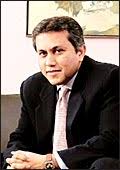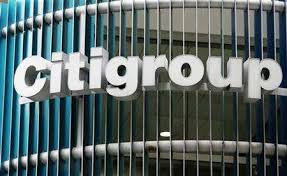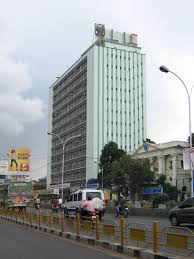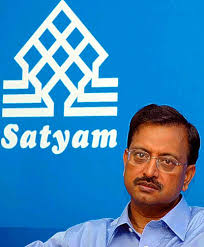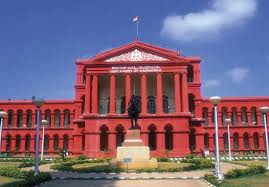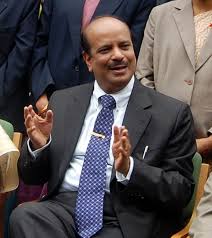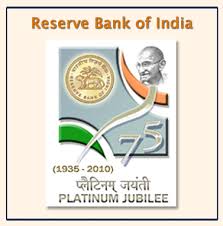
Source; forum :29 March 2010
The fear of losing autonomy over levy of taxes has led to some states striking a tough stance against the GST architecture suggested by the 13th Finance Commission (TFC)
An eye on compensation for revenue losses and tough posturing have marked positions taken by some states as they buckle down for another round of negotiations on the transition to a goods and services tax (GST).
Simultaneously, in recent budget presentations, some states have complicated the indirect tax regime by adding layers to tax slabs and also raised taxes, possibly with an eye on enhancing the extent ofcompensation they could claim on account of revenue losses when they make the transition to GST.
Finance minister Pranab Mukherjee, in his Union Budget speech, hoped GST would be rolled out by the beginning of fiscal 2012. The states are yet to finalize a date on which they would meet next to discuss GST. “TFC’s report cannot be the basis of any decision,” the finance minister in a state government, who did not want to be named, said about the next round ofnegotiations. “We won’t even consider it,” he added.
TFC had appointed a task force to suggest an architecture and tax rates for a “flawless” GST. The task force suggested a push towards uniformity in tax architecture, a single tax rate across the states and bringing in practically all items, including petroleum products and real estate, into the GST tax base. Thetask force also suggested a GST rate of 12%.
GST is an indirect tax system, which aims to create a common market in India by harmonizing the tax structure across the states. Transition to GST is expected to translate into lower prices and fewer distortions in the business environment.
TFC, in its report, had pushed for the architecture suggested by its task force, and added an incentive of a Rs. 50,000 crore fund to transition to that model. The flip side of TFC’s recommendation was that the states would not be entitled to the incentive if they adopted another model.
The task force’s recommendations have been viewed by some states as a ploy by the Centre to rob them of their autonomy in taxation. The anger about thetask force’s report appeared to linger. “Presently, there are two festering issues,” said Satya Poddar, partner at Ernst and Young. “They are uniformity versus autonomy andcompensation to states.”
According to Poddar, if the aim is to create a common market, the most important need would be to bring about uniformity in the architecture of the tax system. Even if there are two rates for merchandise, it is critical to have uniformity across the states on what is taxable and basic laws, he said.
“Posturing (today) is based on misinformation and inadequate analysis. It is possible to narrow down differences,” Poddar said.
There’s a thin line between posturing and a sense of grievance.
Punjab, for instance, in July filed a lawsuit in the Supreme Court against the Centre and some states such as Himachal Pradesh, which are beneficiaries of tax concession aimed at incentivizing industries to move there.
Punjab’s complaint was that the incentives have diverted investment which would have come into the state to some of its neighbours which were given concessions. The indications from GST meetings so far have been that special tax concessions would be phased out eventually. “In exasperation we filed this case. Punjab is in a boxing ring with both hands tied,” Manpreet Badal, Punjab’s finance minister, told Mint.
The lawsuit continues in the Supreme Court even as Punjab is under pressure from other states and the Centre, during the course of GSTnegotiations, to subsume purchase tax on foodgrains into GST.
Compensation to states for revenue losses on account of the transition to GST is the other tricky issue which could dominate negotiations in the future as some key states such as Karnataka, Maharashtra and Delhi have raised tax rates or added to layers of taxation recently. “It is quite possible some of the rate increases are designed to give them a better base for highercompensation,” Poddar said.
Karnataka’s finance minister V.S. Acharya had a different take. The initial push to raise base tax rates had come from the Centre, but it was not feasible for the states to raise tax rates when the Centre cut indirect rates as a part of the stimulus package, he said.
Recent developments have, at times, run counter to the overarching goal of GST to lower rates and make the tax system simpler.
“The picture will be clear only in April,” the finance minister of another state, who did not want to be named, said.


